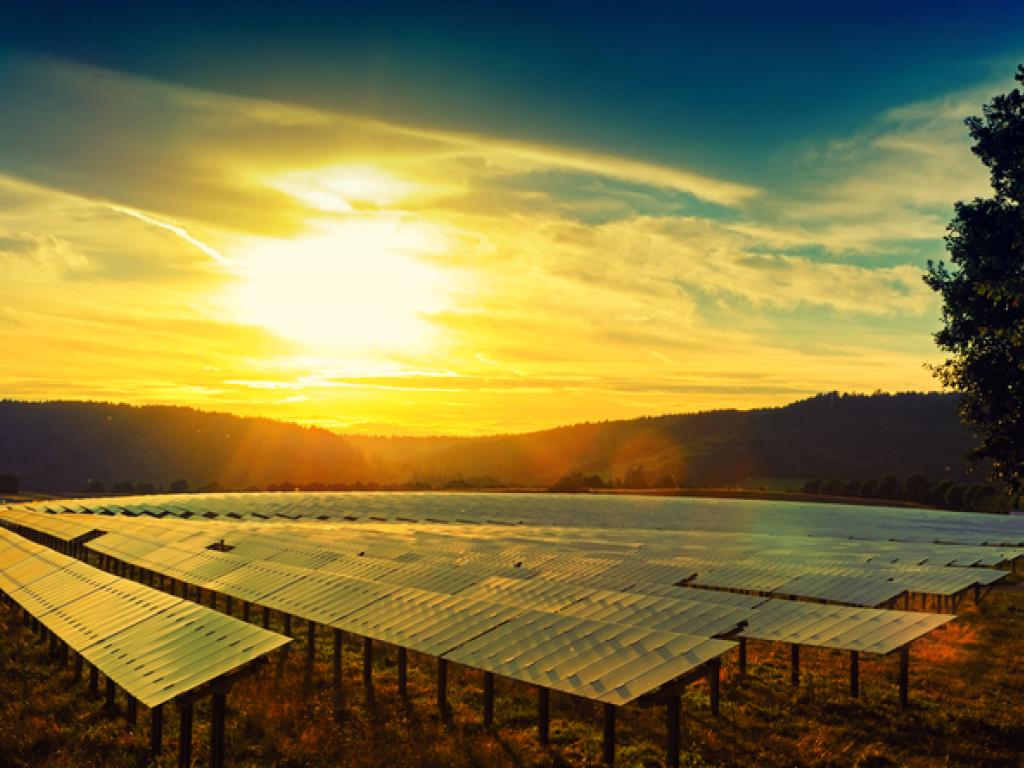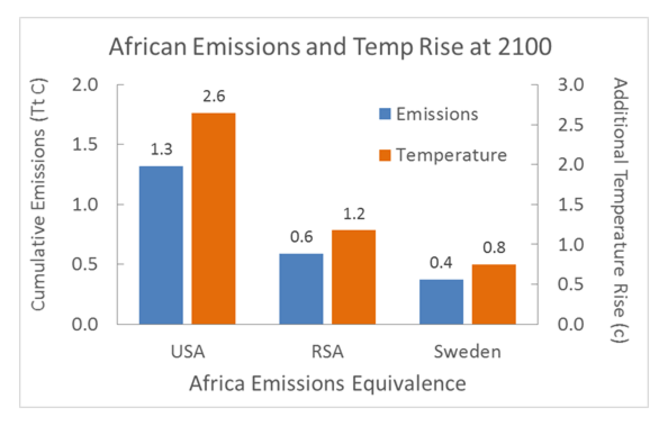Why African energy choices need to be low carbon: for the continent’s own sake

By Mark New
*Article republished courtesy of THE CONVERSATION.
Africa is the poorest continent, with the fastest growing population. Rapid and sustained economic development is needed to overcome poverty.
This development will need energy, and lots of it. The challenge is to do this without warming the planet further, as this would cause additional dangerous climate impacts that could undermine African development gains. While it might seem counter-intuitive, low-carbon development should be part and parcel of African countries’ climate change adaptation strategy.

Image: Low carbon choices such as solar power are essential for the African continent, if it intends to stop the harmful global warming effects. www.shutterstock.com
Africa’s energy and development challenge
Kofi Annan’s African Progress Panel 2015 Report clearly explains Africa’s energy challenge. The continent uses less energy than Spain, and half this energy is consumed in South Africa. Two-thirds of its people do not have access to electricity.
A prosperous and healthy Africa will need an energy supply that is similar to Europe as a whole, not just Spain. The problem is that this energy needs to be very low or zero carbon.
Africa’s contribution to global warming
Humanity has already burnt nearly 60% of the one trillion tonnes of carbon that can be consumed, while retaining a reasonable chance of avoiding dangerous climate change. This is commonly taken as keeping below an overall global warming of two degrees above pre-industrial temperatures.
While it would be nice to think that some of the remaining 400 billion tonnes of carbon might be allocated to Africa, the reality is different. Emissions from all the big culprits are still growing and will take decades to start decreasing. The political, economic and technical lock-in of existing systems makes change very slow. So these existing big emitters will burn at least this remaining carbon budget, and any new emissions from Africa will take global warming ever further beyond two degrees.
A couple of calculations illustrate the climate impact of different African energy futures. For these calculations, I make the following presumptions and assumptions:
Every additional trillion tonnes of carbon that is burnt will, as a best guess, warm the planet by a further two degrees.
-
African population will increase from 1.2 billion today to 2.5 billion in 2050 and 4.5 billion in 2100 – you might like to listen to this BBC podcast on Africa’s growing population.
-
To achieve its development goals, energy access in Africa will shift from the current 33% to 100% by 2050, and so the per capita carbon emissions increase from the current level proportionately through to 2050, and remain constant to 2100.
And now here are three scenarios for African per capita carbon emissions in 2050, when full energy access is assumed to be achieved (using CO2eq emissions from World Resources Institute, and dividing by 3.67 to get to tonnes of carbon):
-
The same as the USA today (5.95 tonnes per person per year)
-
The same as South Africa (2.65 tonnes)
-
The same as Sweden (1.69 tonnes)

Figure: Cumulative African carbon emissions under different per capita carbon intensities, and the resultant additional global warming from these emissions. Mark New
As can be seen from the simple graph, energy development in Africa, under a range of carbon intensities, could result in an additional 0.4 to 1.3 trillion tonnes of carbon being burnt. This would cause an additional global warming of 0.7 to 2.6 degrees.
It is probably safe to assume that Africa will not end up having the carbon emissions of today’s average American. But following a traditional carbon-based energy future could easily mean emissions similar to the average South African or Swede, and a best-guess additional global temperature rise of 0.7 to 1.2 degrees.
Impact on Africa of warming beyond 2 degrees
Importantly, every degree of global warming results in between 1.5 and two degrees of warming over Africa, especially in interior and drier areas. So a global warming of three degrees (one degree beyond the two degree global target) leads to local warming of between four and six degrees across Africa.
The adaptation challenges of this amount of warming are huge. For instance, one study on common crop types in Africa estimated that nearly all varieties currently grown locally will have to be replaced by new varieties, either from other currently warmer regions, or in worst case, entirely new breeds. Similar challenges face a whole range of sectors, from cities to water to ecosystems and others.
Today, the whole of Africa emits about 800 million tonnes of carbon per year (a bit more if one includes land-cover change). This is 1.5% of the global total emissions and won’t make a big difference to future global temperature change. But as shown above, energy choices that are made in the next few years and decades could change this picture enormously. Large-scale energy investment and infrastructure locks you in to long term pathways that are difficult and expensive to break from.
African emission can remain low, if low-carbon energy choices are made now – energy efficiency, coupled with solar, wind, hydro, geothermal, perhaps even nuclear and carbon capture-and-storage. And Africa can avoid exacerbating the impacts and adaptation challenges that are already in store because of other polluters.
View original article at THE CONVERSATION; published 29 September 2015.